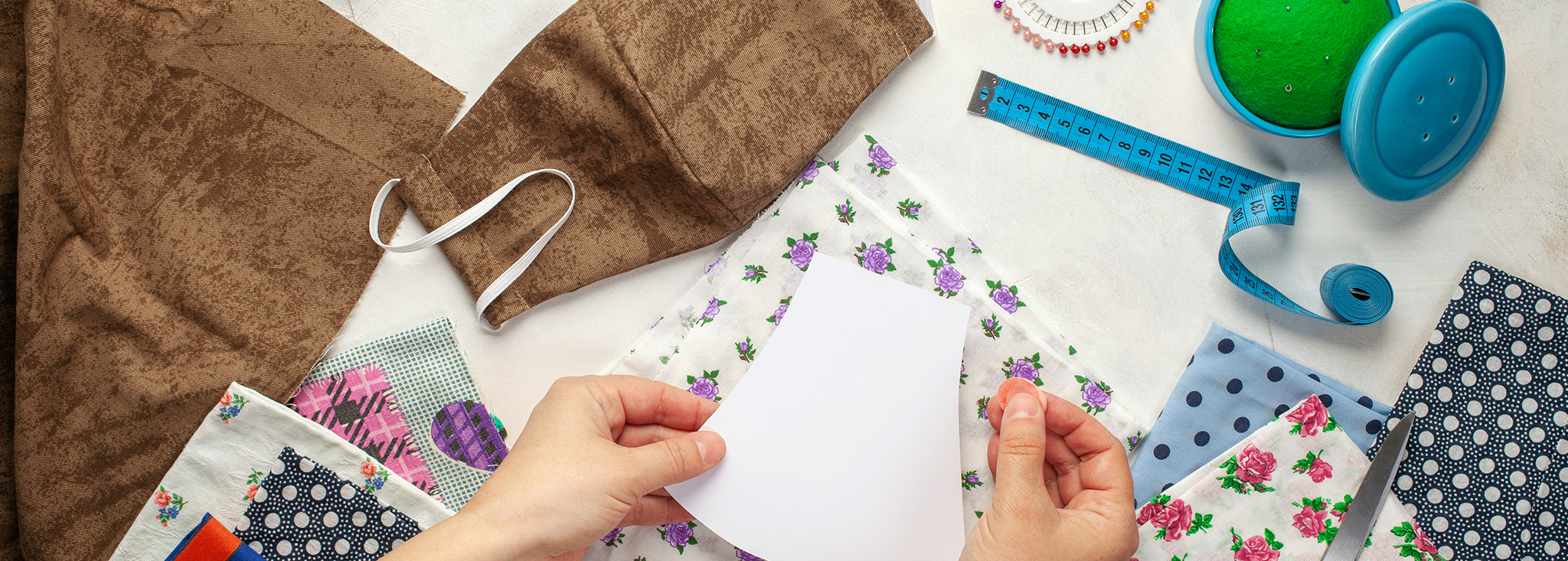What To Know About Masks and COVID-19
Editor’s Note: We have a simple goal: tap into the power of the global diabetes community to save lives. Visit coronavirusdiabetes.org to learn more about what you can do as a person with diabetes to keep yourself and others safe from COVID-19 until we’re all safe.
This article was updated on Tuesday, September 7, 2021.
COVID-19 is an airborne virus, which means that liquid droplets from sneezing, coughing and even just exhaling can linger in the air. The Centers for Disease Control and Prevention (CDC) recommends everyone wear face coverings in public, particularly in indoor, public places where social distancing is difficult to maintain and opportunities for transmission are high, like pharmacies and grocery stores. Face masks can be routinely washed and re-worn, and are the best addition to vaccines to help slow the spread of COVID-19.
Types of masks
Cloth masks
Cloth face coverings or masks are a cost effective way to keep yourself safe, can be made from household items (like an old t-shirt and rubber bands) or bought online, and can be re-washed and worn again. These masks should be worn by the general public to help slow the spread of coronavirus, especially in high-traffic, public areas. These are not recommended when taking care of sick patients as they do not provide adequate protection from repeated exposure to the virus.
Cloth masks can be vital because they help slow the spread of COVID-19 between people who might have the virus but are asymptomatic and do not know they are infected. People can unknowingly carry coronavirus without showing symptoms of the disease, so shifting to a new social norm—where everyone wears a cloth face mask—is our best line of defense when coupled with social distancing measures.
Some people are opting to reinforce their cloth masks with disposable air filters to make them more effective. The CDC suggests doubling up protection by pairing a bandana with a coffee filter to make it more effective, while some people are sewing masks with filter pockets and using disposable HEPA filters. Reinforcing seems to be a good idea and recent tests have shown HEPA furnace filters and vacuum cleaner bags to be most effective, followed by coffee filters, while scarves and bandanas captured the lowest number of particles.
At the very least, a simple cloth mask is better than nothing and will capture more particles than wearing nothing at all.
Surgical Masks
These are single-use, loose-fitting masks meant to be used by those treating someone who is sick and/or suspected of having COVID-19. These masks can effectively block large particles but will not necessarily prevent small particles from being transmitted by coughing or sneezing.
N-95 Masks
These are heavier-duty, tight-fitting, single-use respirator masks which also remove particles from the air, but filter out at least 95 percent of very small particles. Like surgical masks (but even more important and effective), due to supply concerns, N-95 masks are still scarce in supply and should only be reserved for healthcare professionals, as they see repeated exposure to COVID-19.
Tips for wearing masks
According to the WHO, the use of these masks should be combined with other measures, such as hand sanitizing and social distancing. Specific recommendations for proper use include:
- Before putting on a mask, clean hands with alcohol-based hand rub or soap and water.
- Cover mouth and nose with mask and make sure there are no gaps between your face and the mask.
- Avoid touching the mask while using it; if you do, clean your hands with alcohol-based hand rub or soap and water.
- Replace the mask with a new one as soon as it is damp and do not reuse masks until they have been washed.
- To remove the mask: remove it from behind—do not touch the front of the mask and clean hands with alcohol-based hand rub or soap and water.
- Place used cloth masks in a bag or bin until they can be washed with detergent/soap and hot water.
Effectiveness
- Multiple layer masks are more effective than single material masks.
- Multilayer cloth masks can block up to 70 percent of the particles that spread COVID-19.
- Gator and spandex masks offer little to no protection.
- Transmission was decreased by 95 percent when masks are worn tightly with a surgical mask underneath a cloth mask.
- Double masking reduced exposure to potentially infectious aerosols by more than 95 percent in a recent lab experiment.
- To ensure effectiveness, be sure that your mask fits properly, as poorly fitted masks can allow air leaks around the nose and mouth.





